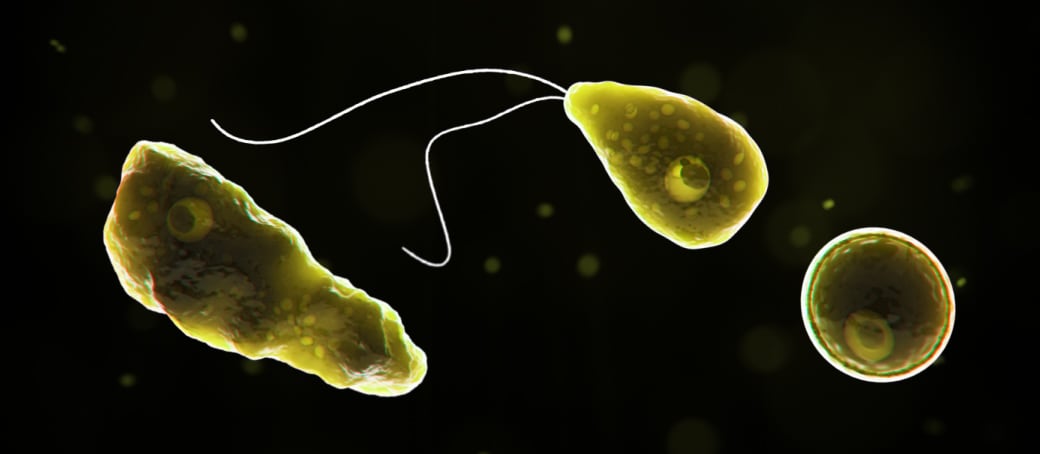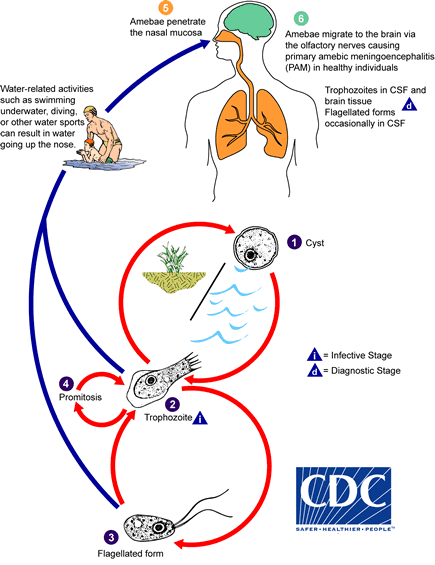Threats description for 2014
An outbreak of botulism among injecting drug users in Norway and Scotland started in December 2014. By February 2015, 23 cases of botulism had been reported [1]. The source of the infection was assumed to be contaminated heroin.
Discussion
Figure 3 shows an ascending trend in the rate of botulism notifications in the EU/EEA after July 2012. This observation is based on a small number of cases and does not necessarily represent a real increase in incidence.
The randomly occurring peaks may be explained by small-scale outbreaks due to locally produced food. Botulism cases are often detected as sporadic cases which may belong to household clusters. Case reports and retrospective analyses of cases are useful and complement the mandatory surveillance systems [2,3].
Public health conclusions
While the case definition for surveillance at the EU level focuses on C. botulinum as the etiological agent, sporadic clusters and cases due to type F toxin produced by C. baratii have been reported in recent years [4,5]. These botulism cases due to F toxin type are a cause of concern because the antitoxin is not readily available in Europe, and the commonly used antitoxins may not effectively neutralise toxin F. Preparedness plans may need to consider the timely access to antitoxins in order to cover a broad range of different toxin types, including toxin F [4,5]. In addition, subtyping of botulism neurotoxins is important to monitor the evolution of strains and its implications for public health as exemplified by the recent characterisation of a novel botulism neurotoxin subtype (BoNT/A8) in Germany [6].
References
- European Centre for Disease Prevention and Control. Wound botulism in people who inject heroin, Norway and the United Kingdom – 14 February 2015. Stockholm: ECDC; 2015. Available from: http://www.emcdda.europa.eu/system/files/publications/856/09-02-2015-RRA-Botulism-Norway%2C%20United%20Kingdom.pdf .
- Ambrožová H, Džupová O, Smíšková D, Roháčová H. Familial occurrence of botulism – A case report. Klinicka Mikrobiologie a Infekcni Lekarstvi. 2014;20(2):40-2.
- Lonati D, Flore L, Vecchio S, Giampreti A, Petrolini VM, Anniballi F, et al. Clinical management of foodborne botulism poisoning in emergency setting: An Italian case series. Clinical Toxicology. 2015;53(4):338.
- Castor C, Mazuet C, Saint-Leger M, Vygen S, Coutureau J, Durand M, et al. Cluster of two cases of botulism due to Clostridium baratii type F in France, November 2014. Euro Surveill. 2015;20(6):pii=21031.
- European Centre for Disease Prevention and Control. Scientific advice on type F botulism. Stockholm: ECDC; 2015. Available from: http://ecdc.europa.eu/en/publications/Publications/botulism-scientific-advice-type-F-botulism.pdf.
- Kull S, Schulz KM, Weisemann J, Kirchner S, Schreiber T, Bollenbach A, et al. Isolation and functional characterization of the novel Clostridium botulinum neurotoxin A8 subtype. PLoS One. 2015;10(2):e0116381.






